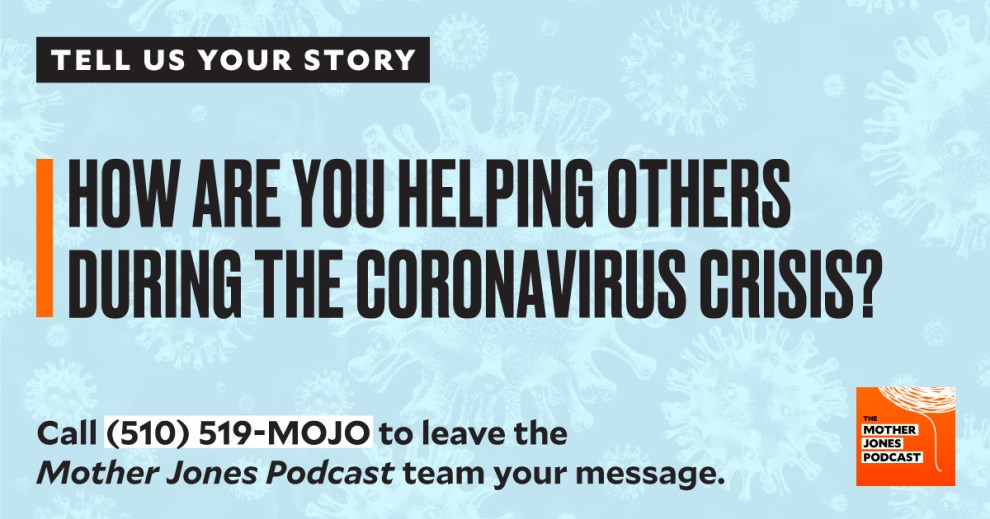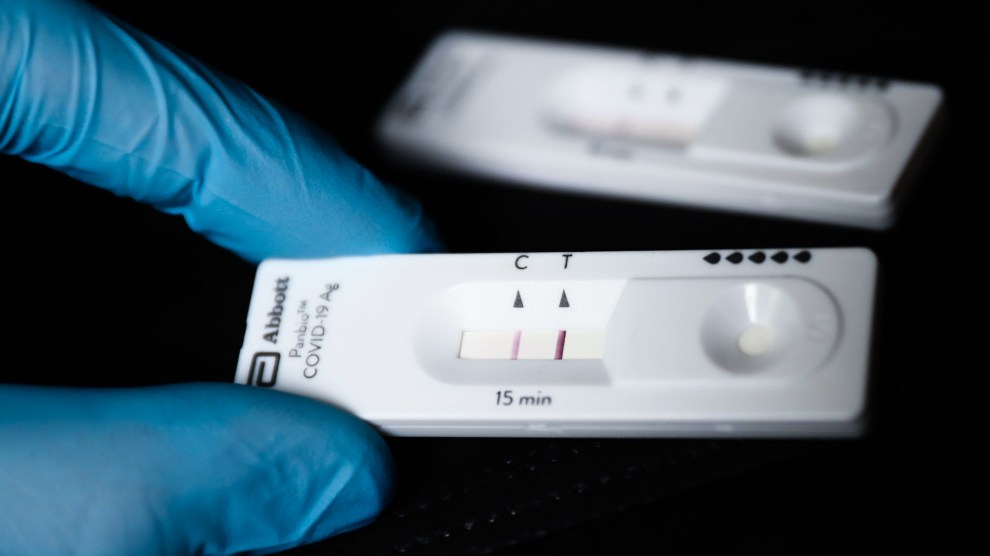One bright side of the coronavirus crisis has been the use of data visualization to convince people of the merits of social distancing. As a data nerd, it makes me incredibly happy to see a sizable chunk of the non-nerdy population talking about “flattening the curve.”
If you only learn one thing about #COVID19 today make it this: everyone's job is to help FLATTEN THE CURVE. With thanks to @XTOTL & @TheSpinoffTV for the awesome GIF. Please share far & wide. pic.twitter.com/O7xlBGAiZY
— Dr Siouxsie Wiles (@SiouxsieW) March 8, 2020
If you understood this chart, you’ve understood normal distribution, standard deviation, and variance, three foundational statistical concepts. The idea behind social distancing is to stay at home or away from people (whether you have the virus or not) so you can slow the spread of the virus and not overburden the healthcare system. The flatter the curve, the higher the standard deviation, which in this case means fewer people are infected at the same time.
If you’re not still not convinced that social distancing would help, here’s a series of simulations by the Washington Post that go through various hypothetical scenarios from forced quarantine (as China did in some provinces) to moderate self-imposed social distancing. The interactive charts clearly show that when fewer people are out and about, the virus takes much longer to spread.
Why outbreaks like coronavirus spread exponentially, and how to "flatten the curve" https://t.co/AEnMikff6c
— The Washington Post (@washingtonpost) March 16, 2020
This chart from Datawrapper shows some countries have been able to slow down the spread of the virus by visualizing how long it takes for the number of COVID-19 cases to double. Turns out that many European countries and the U.S. are still seeing cases double every 2-3 days, but South Korea and China have been able to slow the number of cases doubling to much longer, thus flattening the curve.
New Weekly Chart! Yes, it's about #COVID19. @lisacrost compares doubling times of confirmed coronavirus cases – and explains why everyone is talking about #FlattenTheCurve: https://t.co/o2f3I94d8o pic.twitter.com/4c96o2vUdl
— Datawrapper (@Datawrapper) March 12, 2020
Last, but not the least, this positive chart from epidemiologist Britta Jewell shows how one person can make a huge difference. According to her estimates, your choice to socially distance yourself today can prevent 2,400 people from being infected over a month. Yet if you wait another week to hole up, you’ll only avert 600 infections. The coronavirus may spread exponentially, but so do the benefits of staying home and checking out cool charts.
Timing really matters with exponential growth. Simple example: if you could avoid just one #covid19 case in the UK tomorrow, vs. avoiding one case a week later, you would avert over 4x as many infections by end of April (assuming 20% daily growth in cases). pic.twitter.com/6Ib5FRZ4jX
— Britta Jewell (@brittajewell) March 10, 2020

















